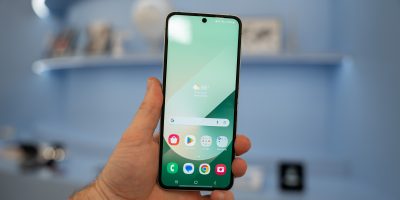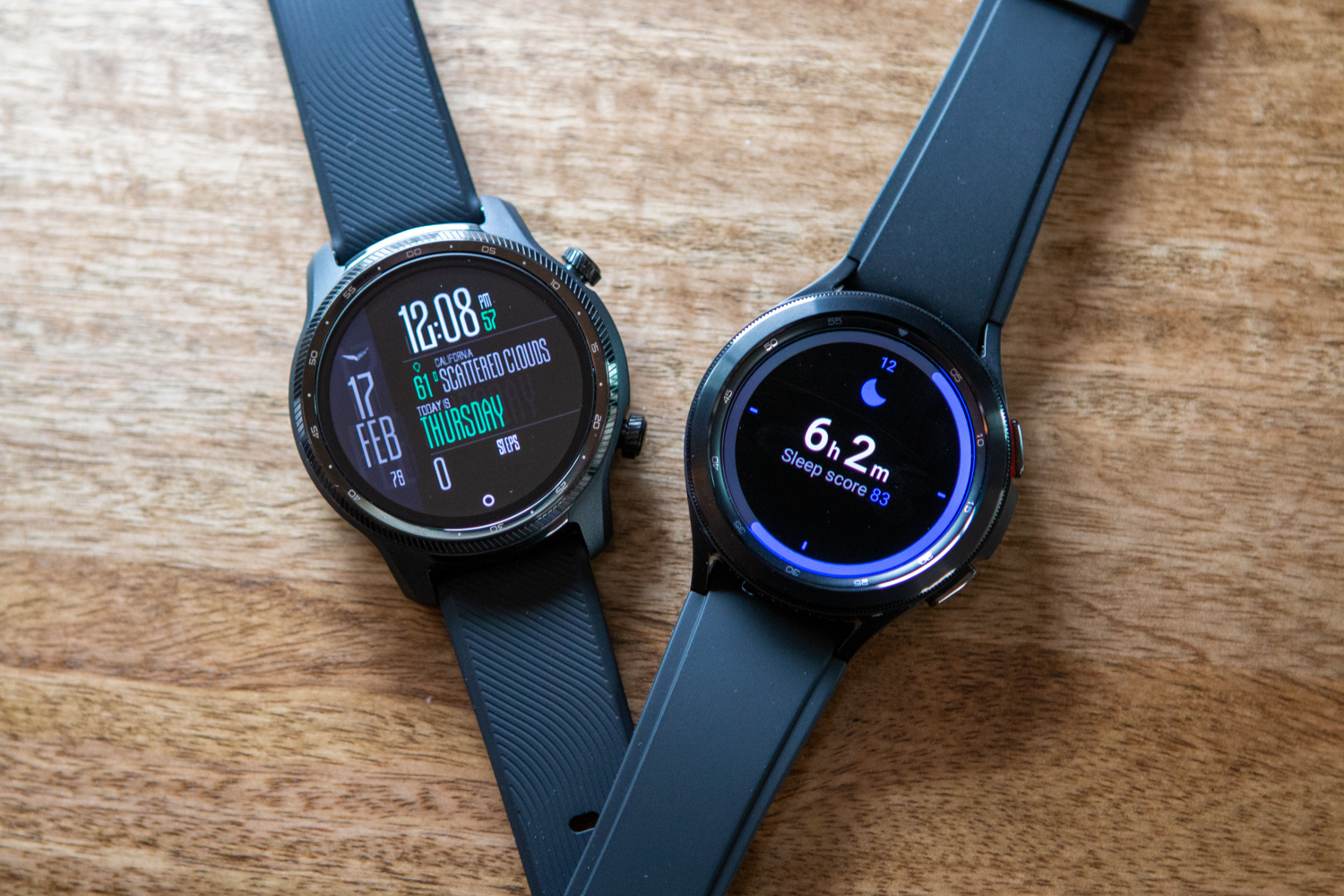There are few things worse for Android enthusiasts than being stuck on an older, outdated version of Android. While the casual smartphone users probably couldn’t tell which Android version they were even on (let alone the differences between KitKat and Marshmallow), it’s still a security issue to stick with devices no longer receiving the latest software patches.
Android’s openness has always been a 2-edged sword. While anyone can build their own versions of Android and slap it on any device they’d like, nobody is required to update their devices to the latest versions of Android. It’s been a running joke now that, while looking at all the flashy new features coming to future a Android version is great, the sad reality is that the vast majority of Android devices wont see the update for at least a year its release, if even at all. It’s a delicate topic, one that Google is looking to address in new ways.
In a new report from Bloomberg, Google may soon begin shaming Android OEMs who are lagging behind with Android updates by making public their current track records. This ranking system is something Google already distributes internally to partners, but by making them public, it’d put greater pressure on OEMs and drive competition in the place where Android needs it most: timely software updates. We’ve already seen the first steps of this in newer Android builds which openly display the current security level of a device in the Settings menu. But this, this would take things to a whole new level.
Of course, OEMs are only one piece of the puzzle. The other problem comes from carriers who often require months upon months of testing before pushing new software releases to handsets. This is to ensure updates play nice on their network and there’s no service disruption. Google is also reportedly working with carriers to cut down on the length of testing when it comes to important security updates and it might already be working. Verizon has reportedly “shaved off a few weeks” of testing while carriers like Sprint have dramatically reduced testing time from 12 weeks, to just a “few.”
Keep in mind that there are very real costs associated with Android updates — both from manufacturers and carriers. Sometimes it might make more business sense for an OEM to simply invest money in releasing a shiny new smartphone than updating older handsets to newer Android versions (something only die-hard Android enthusiasts really care about). For carriers, they’re hesitant on giving Google greater control of updates seeing how when customers have a problem with their phones, it’s carriers who get blamed for the buggy hardware — not Google.











Comments